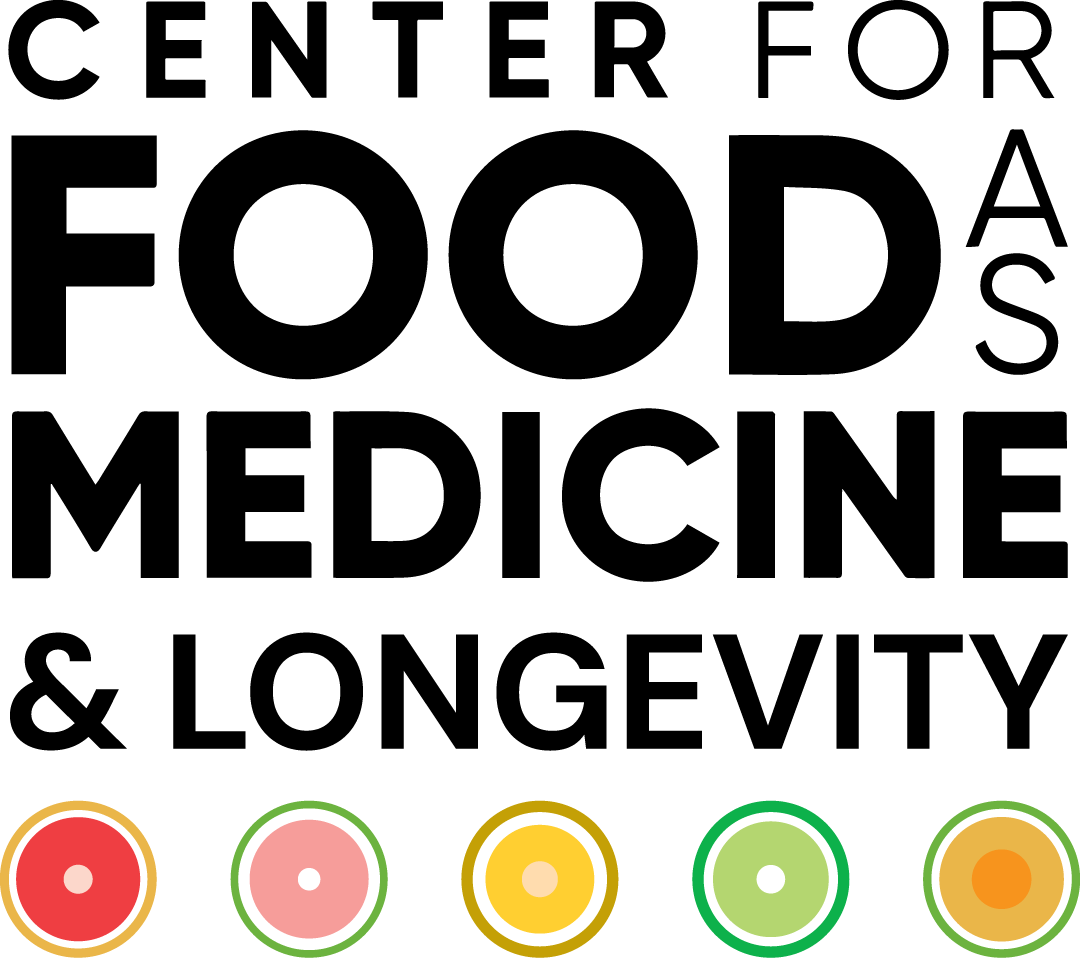“Everyone goes through a period of Traviamento – when we take, say, a different turn in life, the other via. Dante himself did. Some recover, some pretend to recover, some never come back, some chicken out before even starting, and some, for fear of taking any turns, find themselves leading the wrong life all life long.”
― André Aciman, Call Me by Your Name
The presence of a link between what we eat and what we are is nothing new. Brillat-Savarin succinctly summed that up almost 200 years ago in 1825 when he wrote, “Tell me what you eat, and I will tell you who you are.” What we choose is what we manifest.
What is new is the ability to identify how what we eat can influence specific genes to turn on or off. The mere presence of certain genes does not necessarily condemn us to a preordained fate. A critical step is the process of flipping the switch to either turn a particular gene on or off, the result of which produces various molecular phenotypes.
A molecular phenotype refers to “the observable characteristics or traits of an organism that result from the interaction of its genes (genotype) with the environment at the molecular level.
By studying molecular phenotypes, researchers can gain insights into how genes are expressed and how they function in different biological processes.”
One way to investigate is to look for gene expression quantitative trait loci (eQTLs), which are regions in our DNA that are associated with the expression levels of genes. In other words, not the regions of the DNA that contain genes (coding regions), but the non-coding regions (for years thought to be extraneous, wasted bits of DNA code) that influence the expression of genes. One way to imagine their function is to view them as a volume knob – they don’t choose what song is being played, but they help determine whether you actually hear it or not.
In this week’s study, researchers used eQTLs to gain insights into the molecular mechanisms underlying the connection between what we eat and the genes that are turned on or off – a process that has vast implications with respect to chronic disabilities and diseases, as well as health and wellness. Understanding these relationships and being able to identify them is a key step in developing personalized treatment strategies and diets based on an individual’s genetic profile and gene expression patterns.
- The study involved 99 baboons that were fed a typical baboon diet (low-cholesterol, low-fat) for two years and then switched to what is often referred to as a typical “Western” diet (high cholesterol, high-fat) for another two years.
- At the end of each two-year period, biopsies were taken from muscle, liver, and fat tissue (three samples taken after the two different periods, for total of six samples from each individual).
- The different tissues were examined for gene expression, allowing each individual to serve as their own reference.
The Take-Away:
- The researchers identified more than 6,300 genes that responded to a difference in the diet (diet responsive or DR-genes).
- More than half of those genes (60%) were found in only one type of tissue (fat, muscle, or liver).
- There were significant differences in the responses between male baboons and female baboons, including, in some cases, a completely opposite effect.
- This study provides important insights into the mechanisms and properties of genetic/environmental (and in this case, dietary) interactions and their impact on disability and disease or health and wellness.
The Caveat:
This is a small non-human primate longitudinal study, and therefore direct comparisons to human physiology and pathology are limited, but it does provide interesting insight into the genetic consequences of our food choices.
There is valuable information in this longitudinal study, as each individual served as their own control during the respective dietary treatment periods. However, the fact that all 99 baboons were on the same timeline serves as a limitation. Some of the gene expressions may have been related to or affected by aging as opposed to dietary intervention alone. Additionally, there are other cofounders in this group of social primates (of which we humans are a member), such as social interactions that have been previously shown to impact gene expression.[1]
Nonetheless, this study adds to a growing body of evidence supporting the notion of context dependent – and in this case putatively diet dependent – gene expression. Such a mechanism affords an opportunity to move beyond the failures of an oversimplified one nutrient-one effect, one-diet-fits-all approach and embrace evolving technologies that open the door to understanding our individual genetic variabilities, our unique environmental experiences – especially our dietary choices – and our subsequent risk and disease as a consequence of those choices.
The Study:
Lin, W., Wall, J.D., Li, G., Newman, D., Yang, Y., Abney, M., VandeBerg, J.L., Olivier, M., Gilad, Y., and Cox, L.A. (2024). Genetic regulatory effects in response to a high-cholesterol, high-fat diet in baboons. Cell Genom. 4, 100509. https://doi.org/10.1016/j.xgen.2024.100509.
[1] (Snyder, 2016)

